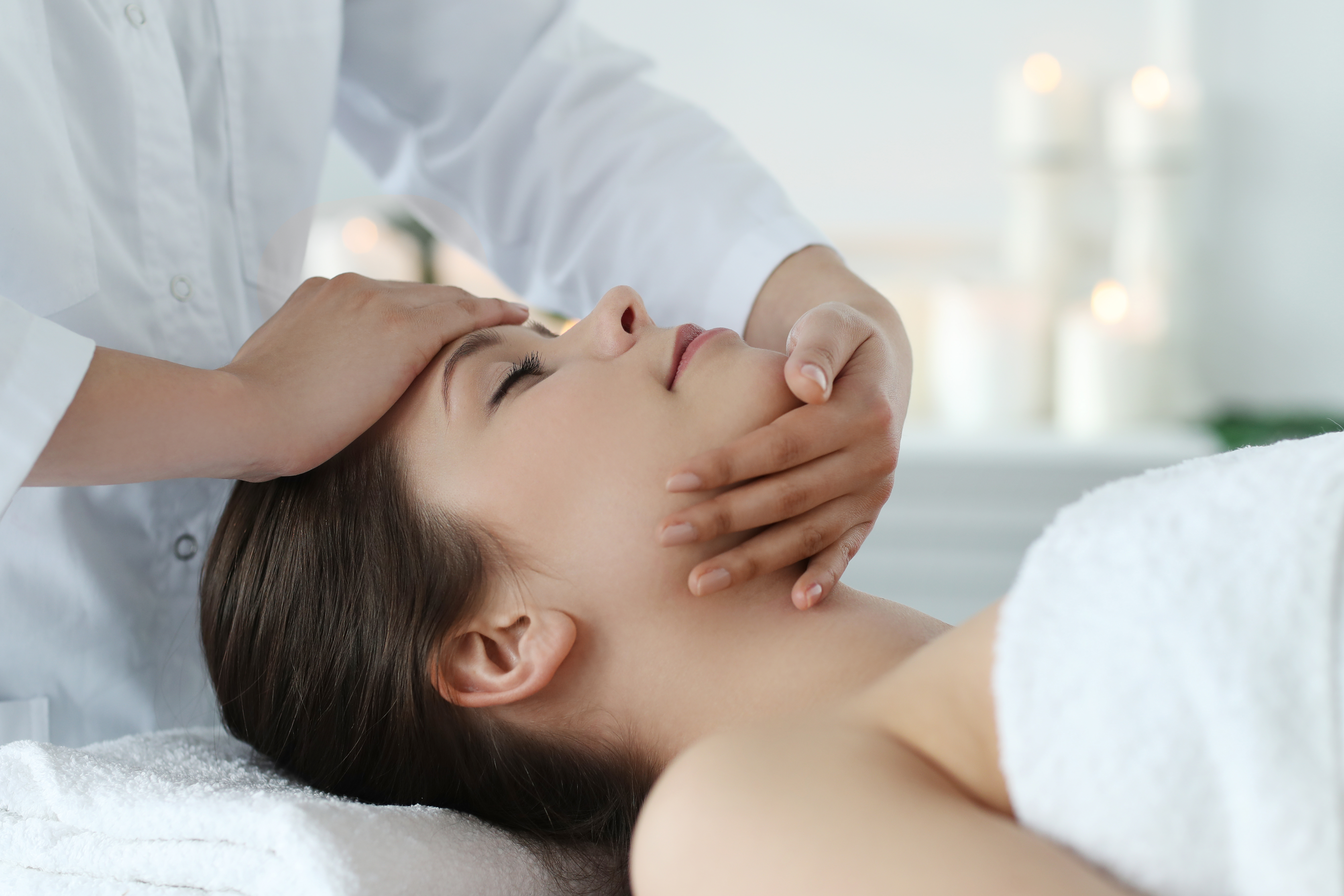As someone who has dedicated my career to helping patients find relief from TMJ (temporomandibular joint) disorders, I’ve seen firsthand the profound impact that this condition can have on daily life. The constant jaw pain, headaches, and discomfort can make even the simplest tasks feel overwhelming. That’s why I’m so passionate about offering effective, non-invasive treatments like dry needling to my patients here at Florida TMJ Physical Therapy Center in Pembroke Pines, FL.
In this article, I’ll walk you through everything you need to know about dry needling for TMJ relief. Whether you’ve been dealing with TMJ pain for years or you’re just beginning to explore treatment options, my goal is to provide you with the information you need to make an informed decision about your care.
Understanding TMJ Disorders
What is TMJ? The temporomandibular joint (TMJ) is the hinge that connects your jaw to your skull, located just in front of each ear. This joint is responsible for all the movements you make with your jaw—chewing, talking, yawning, and even swallowing.
When something goes wrong with the TMJ or the muscles that control it, it can lead to a variety of symptoms, including:
- Jaw pain or tenderness
- Clicking, popping, or grating sounds when you move your jaw
- Difficulty chewing or pain while chewing
- Locking of the jaw, making it difficult to open or close your mouth
- Headaches, often starting from the temples or around the jaw
What is Dry Needling?
Dry Needling Explained Dry needling is a therapeutic technique that has gained significant popularity in recent years, particularly in the treatment of muscle-related pain and dysfunctions. While it may sound similar to acupuncture, dry needling is a distinct approach grounded in Western medicine.
Dry needling involves the insertion of very fine needles into specific trigger points within the muscles. These trigger points are often areas of tightness or knots that can cause referred pain—in other words, pain that radiates to other parts of the body, such as the jaw, head, or neck. By targeting these trigger points, dry needling helps release muscle tension, improve blood flow, and promote healing.
Dry Needling for TMJ Relief
Targeting the Right Muscles One of the keys to effective dry needling for TMJ disorders is targeting the right muscles. The masseter muscle, which is one of the strongest muscles in your body, is often a primary source of TMJ pain. This muscle is responsible for closing the jaw and can become overworked, especially in patients who grind their teeth or clench their jaw.
What to Expect During a Dry Needling Session During the session, you’ll be comfortably seated or lying down. I’ll use very fine needles to target specific trigger points in the muscles around your jaw and neck. The procedure is typically quick, with each needle being inserted for just a few seconds to a few minutes.
The Benefits of Dry Needling Over Surgery
One of the biggest advantages of dry needling is that it’s a non-invasive treatment option. Unlike surgery, which comes with significant risks and a lengthy recovery time, dry needling is a relatively simple procedure with minimal downtime. You can typically return to your normal activities immediately after a session.
Is Dry Needling Right for You?
Who Can Benefit from Dry Needling? Dry needling is particularly effective for patients who have muscle-related TMJ pain. If you’ve been experiencing jaw pain, headaches, or limited jaw movement that seems to be related to muscle tension, dry needling could be an excellent option for you.
The Long-Term Benefits of Dry Needling for TMJ Disorders
One of the most significant advantages of dry needling is its potential to provide long-term relief from TMJ symptoms. While painkillers and other temporary fixes might offer short-term relief, they don’t address the underlying causes of TMJ pain. Dry needling, on the other hand, targets the root of the problem—muscle tension and trigger points—helping to break the cycle of pain and discomfort.
Many of my patients report not only a reduction in pain but also an overall improvement in their quality of life. They can enjoy their favorite foods without discomfort, speak without fear of their jaw locking up, and sleep soundly without being woken by jaw pain. These improvements can have a profound impact on your day-to-day life, allowing you to focus on what matters most without being constantly distracted by pain.


